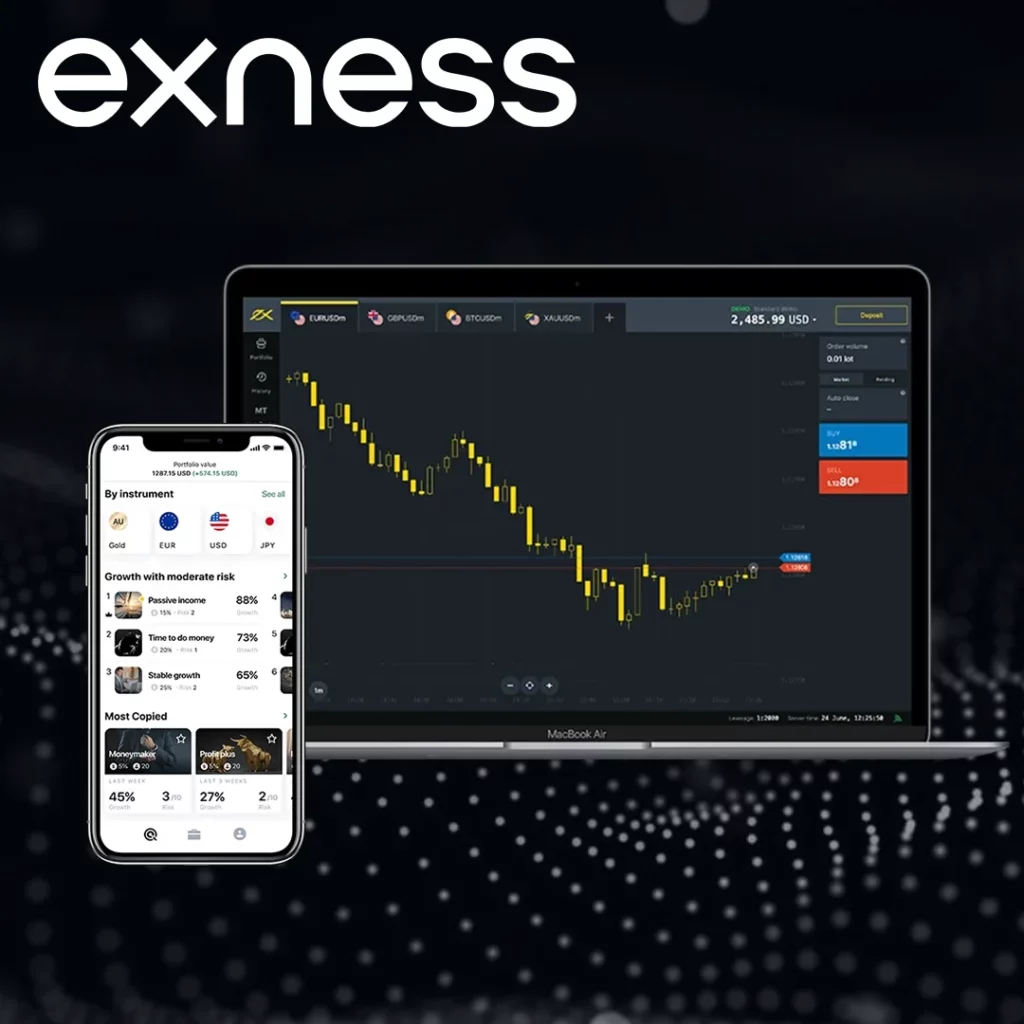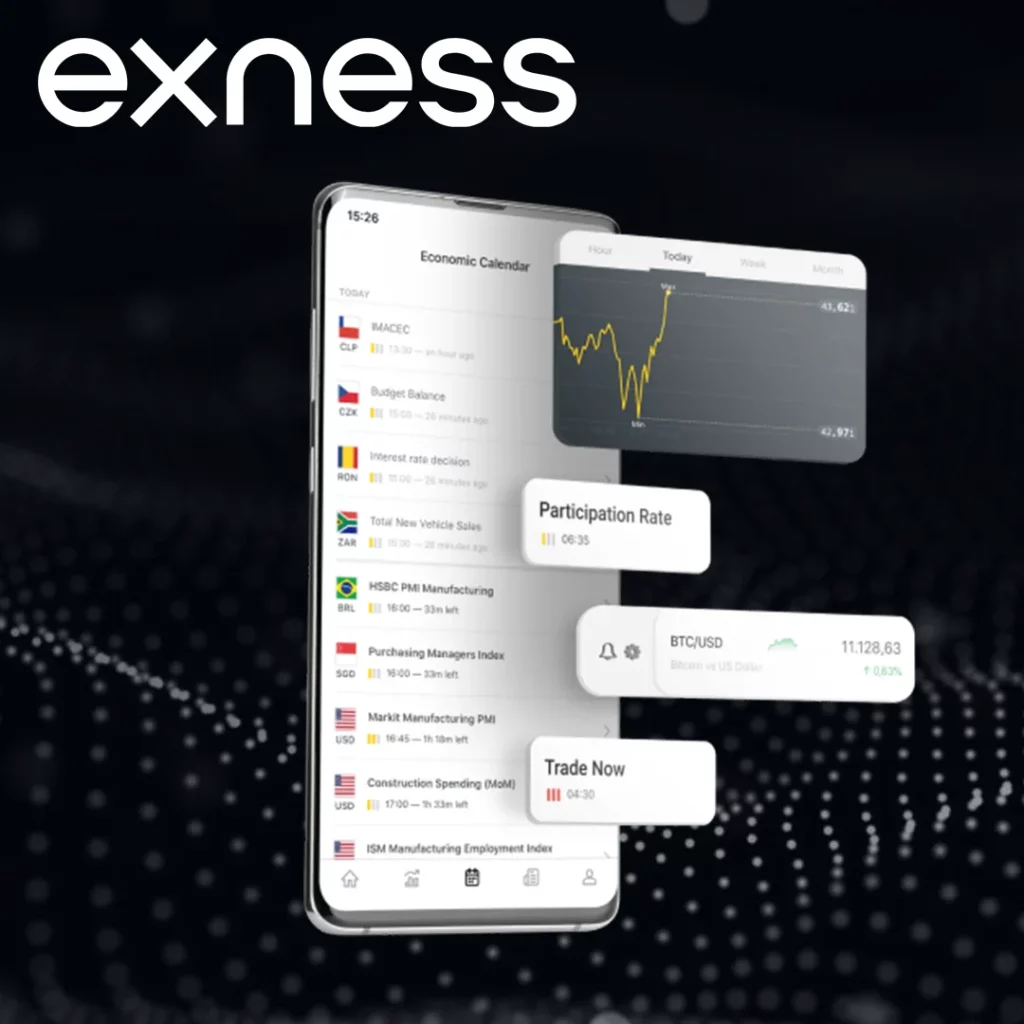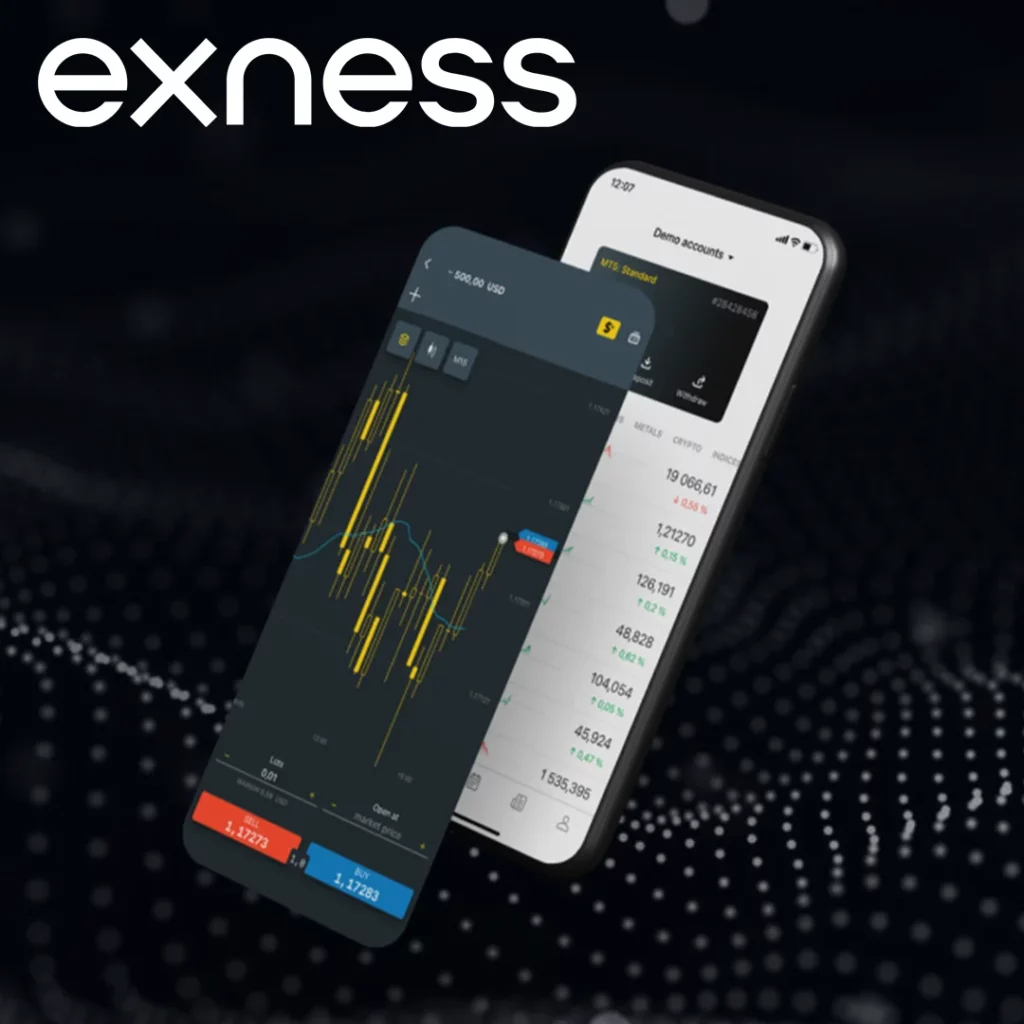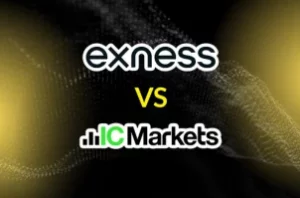In the realm of forex trading, swap charges are often overlooked but play a critical role in shaping a trader’s bottom line. When holding positions overnight, traders may find themselves subjected to swap fees, which are tied to the interest rate differential between the currencies they are trading. Understanding how Exness calculates these fees, the factors influencing them, and the various ways traders can minimize or avoid them is vital for maximizing trading efficiency and profitability.
What Are Swap Charges?
A swap charge, sometimes called an overnight financing fee, occurs when a trader holds a position past the end of a trading day. This fee is the result of the interest rate differential between the two currencies in a forex pair. A swap can either be positive or negative, depending on whether the trader’s position is long or short, and the interest rate of the currency they are holding. While this may seem like a small cost, it can add up, especially for traders holding positions for extended periods.
At Exness, like at other brokers, swap charges are designed to reflect the cost of borrowing one currency to buy another. When one currency has a higher interest rate than the other, the trader may either be paid (positive swap) or have to pay (negative swap) for holding that position overnight.
Swap Charge Calculation at Exness
Exness calculates swap charges based on a clear and structured formula. Understanding the mechanics of this calculation is essential for traders aiming to mitigate costs and optimize their strategies. Here’s a breakdown of how Exness calculates swap charges:
- Interest Rate Differential: Swap charges at Exness are influenced by the interest rates set by central banks for the currencies involved. For example, if a trader is holding a position where the base currency (the first currency in a pair) has a higher interest rate than the quoted currency (the second currency in the pair), the trader might receive a positive swap.
- Currency Pairs and Instruments: Swap charges vary depending on the type of instrument being traded. Forex pairs are affected by the interest rate differential between the two currencies. However, commodities, indices, and CFDs are also subject to swaps, but their calculations often include additional factors, such as market liquidity and financing costs.
- Account Type: Exness offers multiple account types, including Standard, Pro, Raw Spread, and Zero Spread. Each account type may have different conditions, affecting the swap rate. For example, accounts with higher leverage or more favorable spreads might carry different swap rates than those with lower leverage.

The swap charge is updated daily, reflecting changes in the market, interest rates, and economic conditions. Traders can easily check the current swap rates for their instruments via their Exness account interface. This transparency allows traders to plan accordingly and avoid unexpected costs.
Factors Affecting Swap Charges
Several external and internal factors can influence swap charges at Exness. Understanding these factors allows traders to anticipate changes in swap fees and manage them effectively.
| Factor | Description |
| Global Interest Rates | Central bank rate changes affect swap charges. For example, if the ECB raises rates, swaps for EUR pairs may increase. |
| Economic Indicators | Data like inflation or GDP growth can influence interest rates and thus affect swap fees. |
| Leverage | Higher leverage means swaps are calculated on a larger notional value, potentially increasing the total charges. |
| Market Liquidity | Low liquidity or high volatility can lead to fluctuating swap rates and increased overnight costs. |
| Market Hours and Holidays | Swap charges may vary on weekends or holidays due to changes in market liquidity and global trading activity. |
Understanding these factors can help traders make more informed decisions regarding their trades and potentially reduce swap-related costs.
Strategies for Minimizing or Preventing Swap Charges
For traders who wish to minimize or avoid swap charges altogether, several strategies can be employed. These strategies are tailored to different trading styles and preferences.

- Swap-Free Accounts: Exness offers swap-free accounts, which are specifically designed to eliminate swap charges. These accounts are ideal for traders who prefer to avoid swap fees due to religious reasons or personal preferences. However, swap-free accounts may come with different conditions, such as slightly higher spreads or commissions, so traders need to evaluate the trade-off before opting for this option.
- Close Positions Before Market Close: One of the simplest ways to avoid swap charges is to close positions before the market closes for the day. Since swaps are typically applied at the close of the trading day, traders who exit their positions before the cutoff can avoid incurring swap fees. This approach works well for short-term traders who don’t plan to hold positions overnight.
- Day Trading: Day traders who open and close positions within the same day can avoid swap charges altogether. By not holding positions overnight, day traders completely sidestep the need to pay swaps. This trading style also helps traders capitalize on intraday market movements without worrying about overnight risks.
- Hedging Positions: Some traders use hedging strategies to offset the impact of swap charges. By holding opposite positions in correlated instruments, traders can reduce exposure to swap fees. For example, a trader might go long on one currency pair while simultaneously shorting another pair with similar economic factors, thus minimizing the impact of swap charges across both trades.
- Adjust Trade Sizes: Another approach to managing swap charges is to adjust position sizes. By reducing the size of their positions, traders can decrease the notional amount upon which swap charges are applied, thus reducing the total swap cost. This strategy works well for traders who still wish to hold positions overnight but want to minimize swap-related expenses.
- Monitor Economic Events: Staying informed about economic events and central bank decisions can help traders anticipate changes in interest rates and swap charges. Traders who keep an eye on news events like Federal Reserve meetings or ECB rate decisions can adjust their trades accordingly to avoid large fluctuations in swap fees.
Swap-Free Accounts at Exness
Exness provides swap-free accounts, catering specifically to traders who need to avoid swap charges. These accounts are most beneficial for traders who cannot participate in swap transactions for personal, religious, or ethical reasons. The swap-free option is available for most instruments offered by Exness, including currency pairs, commodities, and CFDs.
While swap-free accounts offer relief from overnight financing fees, they come with their own set of conditions. In most cases, swap-free accounts carry higher spreads or additional commissions, which may offset the benefits of avoiding swap charges. Traders should carefully consider whether the swap-free option suits their trading style and objectives before opting for this account type.
Conclusion
Swap charges may seem insignificant on the surface, but over time, they can have a notable impact on a trader’s overall profitability. Understanding how these charges are calculated, the factors that influence them, and how to avoid them can empower traders to make smarter decisions and optimize their strategies.

Exness provides transparent swap rate calculations and various options for traders to minimize or completely avoid swap charges. Whether through swap-free accounts, closing positions before market close, or adjusting trade sizes, there are multiple ways to reduce the burden of overnight fees. By adopting a proactive approach to managing swap charges, traders can focus on their long-term profitability and minimize unnecessary costs.

Trade with a trusted broker Exness today
See for yourself why Exness is the broker of choice for over 800,000 traders and 64,000 partners.
FAQs
What are swap charges?
Swap charges, also known as overnight financing fees, are applied when a trader holds a position overnight. These fees are the result of the interest rate differential between the two currencies in a forex pair.



